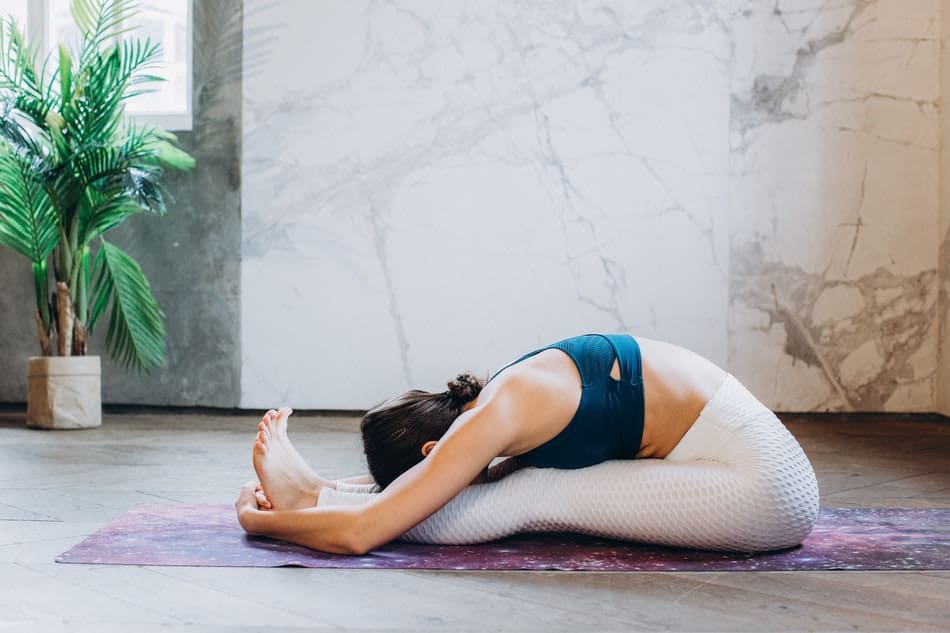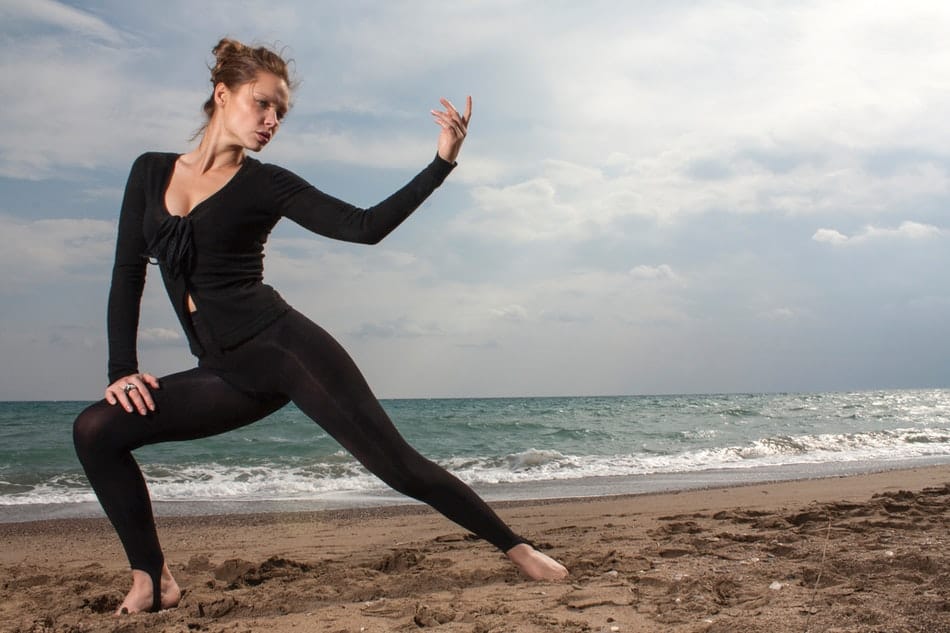Kundalini Yoga vs Vinyasa: what’s the difference? If you don’t know, don’t worry! In this article, I will explore the differences between these two popular yoga styles. Both of these types of yoga have their unique benefits, so it can be hard to decide which one is right for you. Let’s take a closer look at each style and see which one might be best for your needs!
Kundalini yoga is a type of yoga that focuses on awakening energy at the beginning of the spine. Vinyasa yoga is a type of yoga that emphasizes flow and movement. Both types of yoga can be beneficial, but they are different in many ways.
What Is Kundalini Yoga?
Kundalini yoga is yoga that focuses on the activation of the kundalini energy, which is said to be located at the base of the spine. Kundalini yoga is sometimes also called “yoga for the nervous system” because it is thought to help balance and calm the nervous system.
There are many different types of kundalini yoga, but all involve some combination of breathing exercises, mantra chanting, and meditation. Some people say that kundalini yoga can help to improve mental and physical health, as well as helping to promote spiritual growth.

The Benefits Of Kundalini Yoga
When it comes to yoga, there are many different styles and practices to choose from. Kundalini yoga is one option that offers a variety of benefits for those who practice it. Here are four benefits of kundalini yoga that you may not be aware of:
- Improved mental clarity and focus: One of the main goals of kundalini yoga is to help clear the mind and improve focus. This is achieved through breathing exercises, mantra chanting, and meditation. By clearing the mind, practitioners are better able to focus on their desired goals.
- Reduced stress levels: The breathing exercises involved in kundalini yoga can help to lower stress levels and promote relaxation. In addition, the meditative nature of the practice can also help to reduce stress.
- Increased physical strength and flexibility: Kundalini yoga includes a variety of different postures and exercises that can help to increase physical strength and flexibility. This is beneficial for those who want to improve their overall fitness level.
- Improved sleep: The relaxation techniques learned in kundalini yoga can also help to improve sleep quality. If you have trouble sleeping, kundalini yoga may be worth trying out.
What Is Vinyasa Yoga?
Vinyasa is a style of yoga characterized by stringing together poses linked by the breath. “Vinyasa” can be translated as “arranging something specially,” which in this case means linking your breath with your movement. Commonly referred to as “flow” yoga, vinyasa refers to the fluidity with which the poses are executed.
In a vinyasa class, students move through a set sequence of poses that have been carefully planned by the teacher. The transition between each pose is just as important as the pose itself: each movement is synchronized with an inhalation or exhalation of breath. This creates a seamless flow from one pose to the next and helps to keep students present and focused.
Vinyasa classes can vary greatly in terms of pace and intensity, but all vinyasa classes will emphasize linking breath with movement. If you’re looking for a challenge, vinyasa yoga is an excellent choice.

The Benefits of Vinyasa Yoga
Vinyasa yoga can be an excellent workout for your mind and body, and it has several benefits.
Here are four benefits of practicing vinyasa yoga:
- Improved flexibility: One of the main reasons people practice yoga is to improve their flexibility. When you flow through the poses in a vinyasa class, you’ll lengthen and stretch your muscles, which can help increase your range of motion over time.
- Builds muscle strength: In addition to improving flexibility, vinyasa yoga can also help build muscle strength. As you move through the poses, you’ll be using your body weight to resistance train. This can help tone your muscles and improve your overall strength.
- Cardiovascular benefits: Vinyasa yoga is a great way to get your heart rate up and give your cardiovascular system a workout. The flowing nature of the practice means that you’ll likely be moving continuously for the duration of the class, which can help get your blood pumping and improve your circulation.
Kundalini Yoga vs Vinyasa: Key Differences
What are the main differences between these two popular types of yoga? Let’s take a closer look:
Breathwork
In Kundalini yoga, breathwork (pranayama) is an integral part of each posture (asana). The goal is to use the breath to move energy up and down the spine and to help still the mind. In vinyasa yoga, breathwork is usually not as emphasized. The focus is more on linking breath to movement, rather than on using the breath to calm the mind.
Postures
Kundalini yoga postures are often more static than vinyasa yoga postures. They are held for longer periods, to allow the practitioner to go deeper into each posture and explore its full potential. Vinyasa postures tend to be more dynamic, with a focus on moving through a variety of poses in a fluid sequence.
Flow
As mentioned above, vinyasa is a flowing style of yoga, while Kundalini is more static. This means that in vinyasa, there is often a continuous movement from one posture to the next, while in Kundalini yoga, each posture is usually held for a longer period.
Focus
The focus of Kundalini yoga is on the breath and the internal experience, while the focus of vinyasa yoga is on the physical movement of the body. In Kundalini yoga, the goal is to use the breath to calm the mind, while in vinyasa yoga, the goal is to link breath to movement and build heat in the body.
Bottom Line
So there you have it! These are just four of the many differences between Kundalini yoga and vinyasa yoga. Which type of yoga is right for you? It’s really up to you to decide. If you’re looking for a more meditative and introspective practice, then Kundalini yoga might be the right choice.
If you’re looking for a more dynamic and flowing practice, then vinyasa yoga might be the better option. Ultimately, it’s important to try out both types of yoga and see which one resonates with you on a deeper level.
Related Articles

